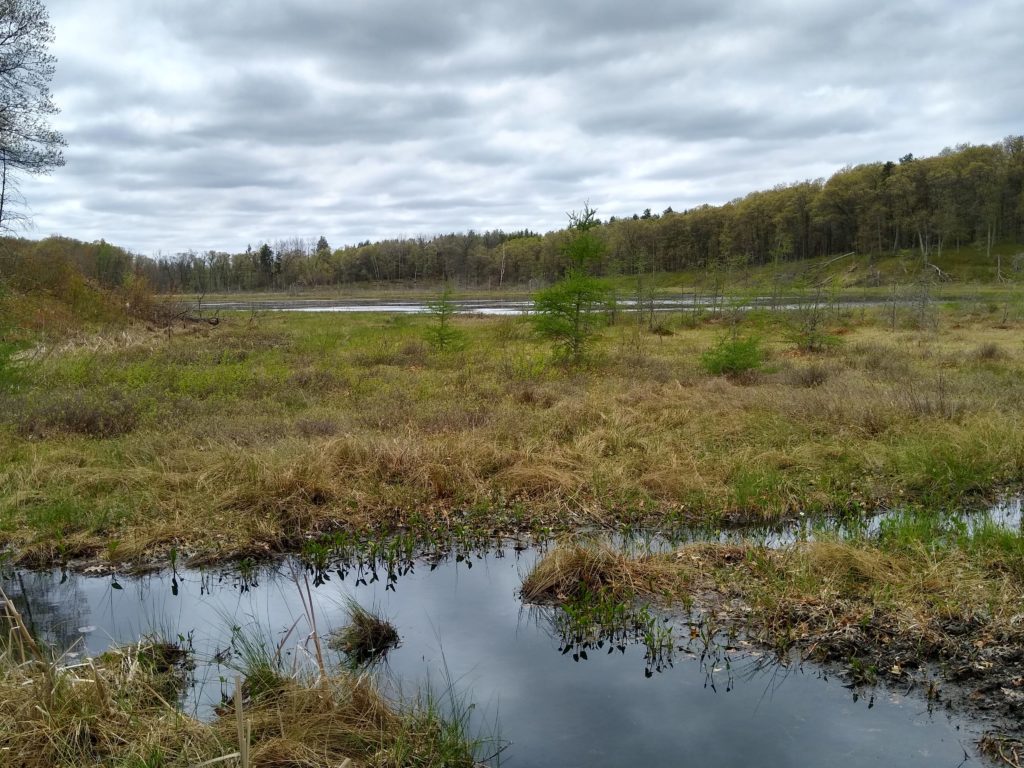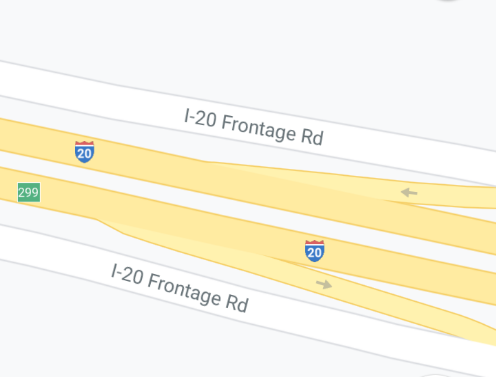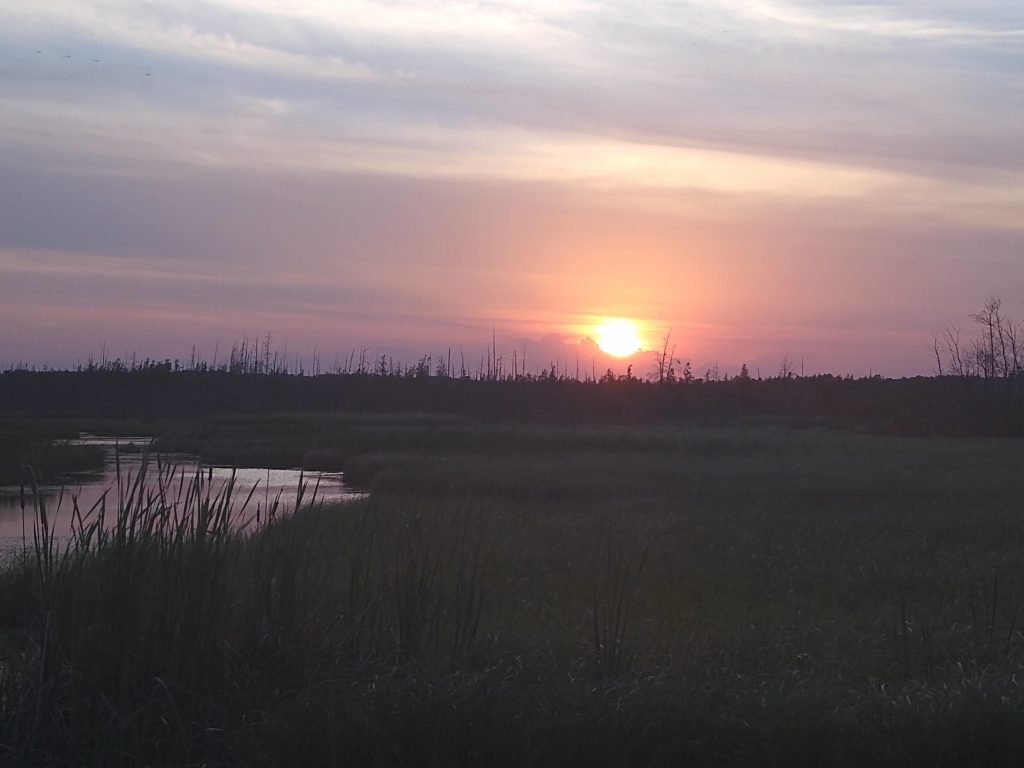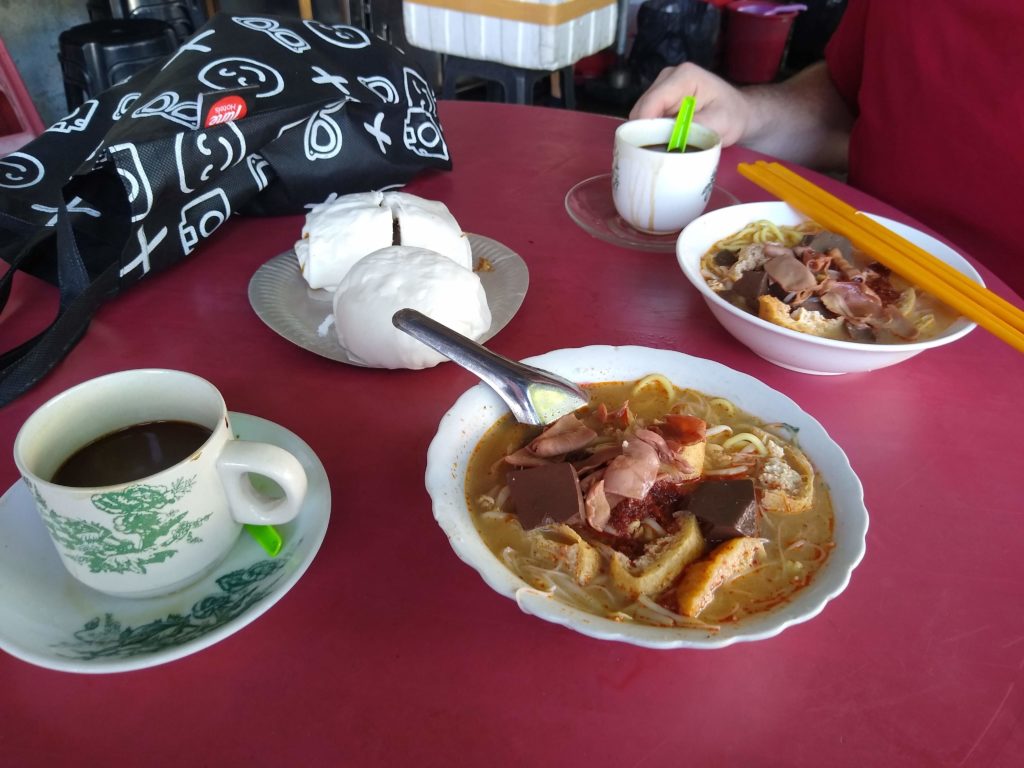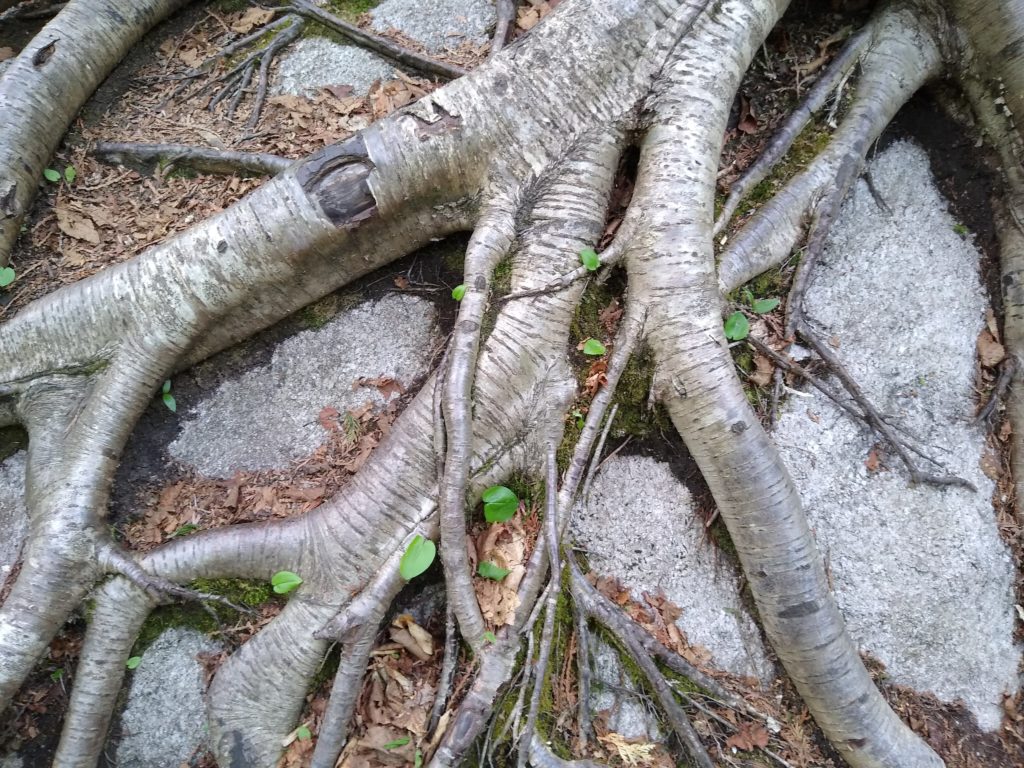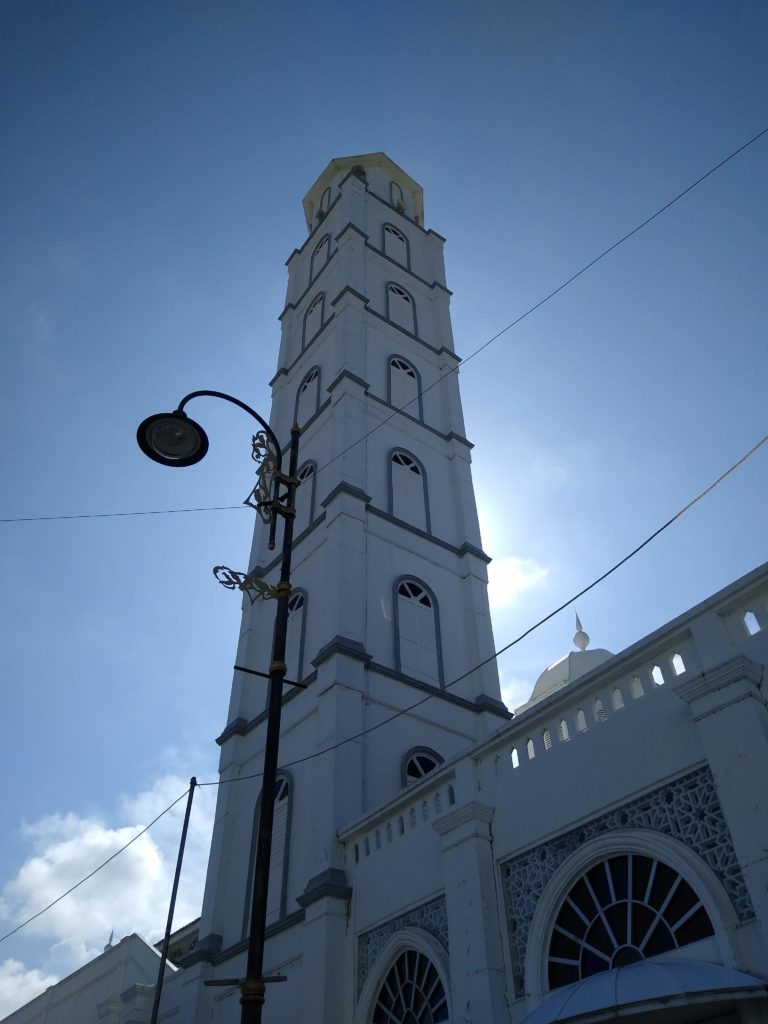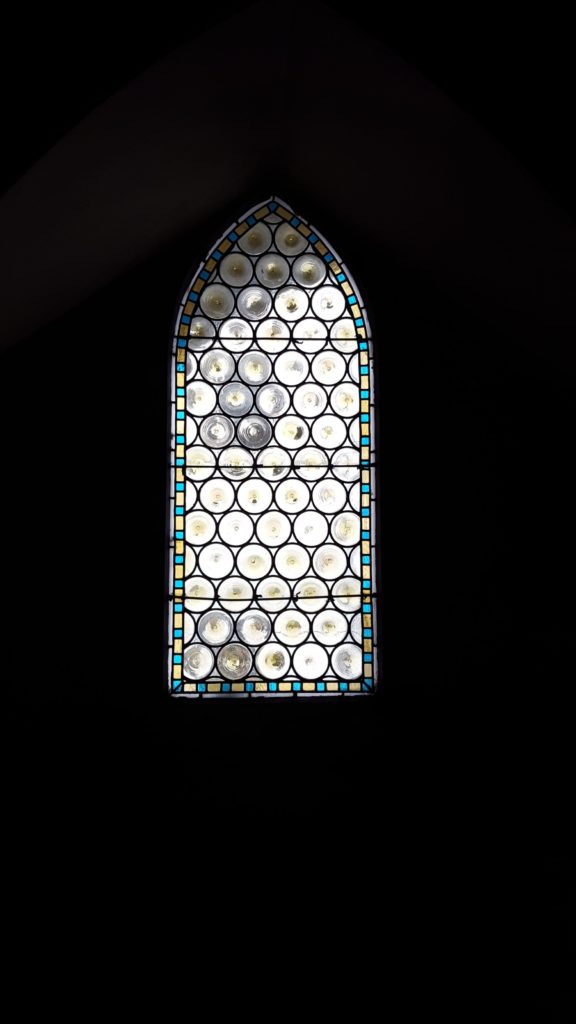I’ve heard travelers and friends call Penang the Pearl of the Orient. And it certainly is a pearl. It sits brightly on the west side of Malaysia, just south of Thailand. Between a large population of Chinese, Indian, and Indonesian peoples, Malaysia also has massive colonial influences. Penang seems to be the center of it all. And when all these people came to Malaysia, they brought their food.
When it comes to excellent food, if you want it, Penang’s got it.
We step out of the cab onto the busy street, ducking into a side-alley. Although only mid-morning, the heat already grew oppressive—but it’s almost always like this, so close to the equator. We had been promised excellent noodles. I found this to be a bold promise. Everywhere I turned in Malaysia, there seemed to be excellent noodles.
I sit down in a plastic chair under a tin-roof awning. A busy Chinese woman greets us in passing. It hardly matters where you find yourself in the world, you can always find the equivalent of a rushed diner waitress, pen behind ear, placing short orders. Since I know neither her name nor how it would be pronounced, let’s call her Ethel.
She questions us.
I say, “good morning.” It’s the only thing I know how to say in this language. It’s a hobby, I’m a short-term collector of “good mornings.”
My friend knows all the right words. He orders for us. And he knows exactly what I want first.
Coffee.
Ethel scoops coffee grounds into a metal pitcher and pours in boiling water. She then slings it back and forth, pouring the slurry into kind of fabric bag, allowing the coffee to sieve through into a cup. She does this a dozen or more times, back and forth.
While I’m mesmerized by this very foreign coffee-production process, my friend spots somebody eating a variety of steamed buns at another table.
We definitely need some of those. He slips away to find the vendor.
But just now, Ethel shows up with the coffee. Street coffee in Malaysia comes in a plethora of forms. I couldn’t even begin to broach the topic of coffee varieties in this part of the world. But this coffee, like many here, is sweetened with condensed milk. I stir it with a Chinese soup spoon and take a sip. It’s not translucent, mildly viscous, and definitely strong. Just what the doctor ordered.
And when I set my cup down, I see my friend has returned with a couple of large steamed buns—one with meat and one with some kind of sweet substance. We tuck into our coffee and buns.
Presently, Ethel places two heaping bowls of noodle soup in front of us. It’s a beautiful broth with several types of noodles and meats. I see pork, chicken, and what is probably a type of blood pudding. It’s spicy and probably the best soup I’ve had.
Food in this part of the world is dangerous. It gets in your blood like an infection. There is no cure, only disease management. Frequent transfusions of coffee and noodle soups is the only way to manage symptoms.
The first time I ever ate really good food in Asia, I felt like had been living in a the dark up until that point. Sure, I had a flashlight, but as soon as the first sip of broth hit my lips, and I plucked up that first dumpling, my eyes were opened. I could see in the dark.
Yes, I know I’ve mixed a couple of metaphors here. Call it night vision, call it a disease, call it anything you’d like—food here changes you.
Food in southeast Asia, shared with a friend, makes for a fine memory. And what are memories but stories of our life?
Recently, I heard British chef Hugh Fearnley-Whittingstall say that, “the best food is food with a good story.”
anthony forrest
